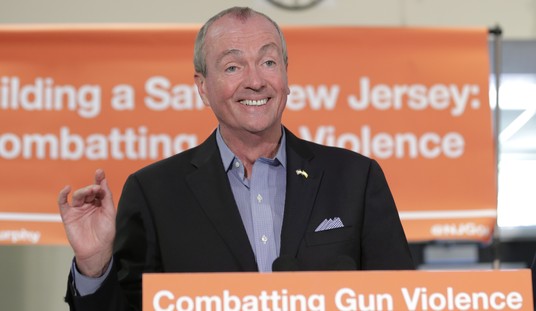It took nearly nine months to take action, but the Trump administration will finally act on its promise to undo the HHS contraception mandate and protect religious liberty. However, as the New York Times reports, the administration will propose a more incremental approach to its reversal by expanding the existing exemptions to include “moral convictions” as well as “religious beliefs.” The new rules will take effect immediately:
The Trump administration is poised to roll back the federal requirement for employers to include birth control coverage in their health insurance plans, vastly expanding exemptions for those that cite moral or religious objections.
The new rules, which could be issued as soon as Friday, fulfill a campaign promise by President Trump and are sure to touch off a round of lawsuits on the issue. …
One new rule offers an exemption to any employer or insurer that objects to covering contraceptive services “based on its sincerely held religious beliefs.”
Another regulation offers a new exemption to employers that have “moral convictions” against covering contraceptives.
The announcement went out a short while ago:
The original rule is still in place, but under policies announced today, non-profits and for-profit employers that are closely-held — and even some publicly-traded for-profits — will be exempt from the mandate, if they can demonstrate a religiously-based objection to the mandate’s demands.
Non-profit groups and for-profit businesses that are not publicly-traded can also apply for an exemption to the mandate based on moral, but not religious, objections to it. However, publicly-traded for-profit businesses cannot receive a moral exemption from the mandate.
An example of this could be the secular crisis pregnancy center Real Alternatives, Inc., which has no religious affiliation, but which objected to the mandate. Real Alternatives lost a suit against the mandate at the Third Circuit Court in August, which ruled that their pro-life mission did not merit a religious exemption from the mandate.
How will this impact existing litigation? Presumably, it will make cases such as those against the Little Sisters of the Poor moot. The court ordered both sides into negotiations for dealing with the legitimate religious objections of nuns to birth control, but the new regulations will certainly cover their moral objections if not their religious beliefs. That’s likely to be true for most of the cases in the court system right now.
However, the White House can expect a new rash of lawsuits in the other direction:
The action by the Trump administration is almost certain to spark fresh litigation. The National Women’s Law Center — which estimates that in 2013 alone, the contraception requirement saved women $1.4 billion in oral contraceptive costs — has vowed to challenge the administration in court.
With some women who lose the ACA’s contraceptive coverage, “it means choosing between preventive care like contraceptives and paying their rent, their mortgage, electric bill,” said Mara Gandal-Powers, senior counsel at the National Women’s Law Center.
This is flat-out nonsense. Birth control is generally quite inexpensive; the Pill’s average cost is between $20 and $50 a month without insurance coverage. For low-income women, the government provides subsidized birth control through Title X family planning, for which Congress provided over $286 million in 2017 — the same level of funding as the three previous years under the HHS contraception mandate. No one’s trading the house payment or the electric service for the Pill.
More to the point, the HHS contraception mandate was a political solution in vain search of an actual problem. There was no access issue to birth control before 2012. The CDC’s 28-year longitudinal study (1980-2008) on unwanted pregnancies list a number of reasons given by women, but a lack of access to birth control doesn’t even get a mention. Before the HHS contraception mandate, most insurers covered it, some with co-pays and some without. Those employers who objected to that coverage didn’t provide it, and women had the choice to seek employment elsewhere or to pay for it themselves — and no one had any trouble finding it.
This leaves two questions. First, why not just eliminate the mandate? It might take more effort, and perhaps will be done in parallel to these changes, but it’s effectively the same thing. That might create some legal tension if courts rule that the Trump administration is trying to avoid the regulatory process, so they had better prepare both pathways.
The second question is more pointed. If it was this easy, why didn’t Tom Price take this step months ago? Trump signed the EO on religious liberty in May, and it’s been a long wait for the employers tied up in litigation since then. Perhaps that’s one reason why Price isn’t around any longer, although certainly not the main one. Better late than never, I suppose, but it’s still late.








Join the conversation as a VIP Member